“Of course there is a place for the scientific, or quasi-scientific, analysis of art, as there is (and far greater) for that of nature. But the danger, in both art and nature, is that all emphasis is placed on the created, not the creation.” – John Fowles “The Tree”
In October-November 2019 I was fortunate to spend a month experiencing the slow transition between late-Autumn and early-Winter in the forests of central Finland in a residency at Mustarinda. There can be many reasons for going to Mustarinda but one of the most significant is to be able to spend time in close proximity to one of the few old growth forests on the European continent (and the world for that matter), the Paljakka strict nature reserve. Another reason is it’s relative isolation, 30 minutes to the nearest town (which is visited roughly once a week) and surrounded by large areas of boreal forest. Both these aspects, combined with the supportive, communal atmosphere of the residency house run by members of the Mustrinda Association, provided fertile ground for my artistic explorations. I also did a good amount of ‘head-cleaning’ trying to catch up on readings and put some of the current turmoil in my mind into words, some of which I’m sharing here…
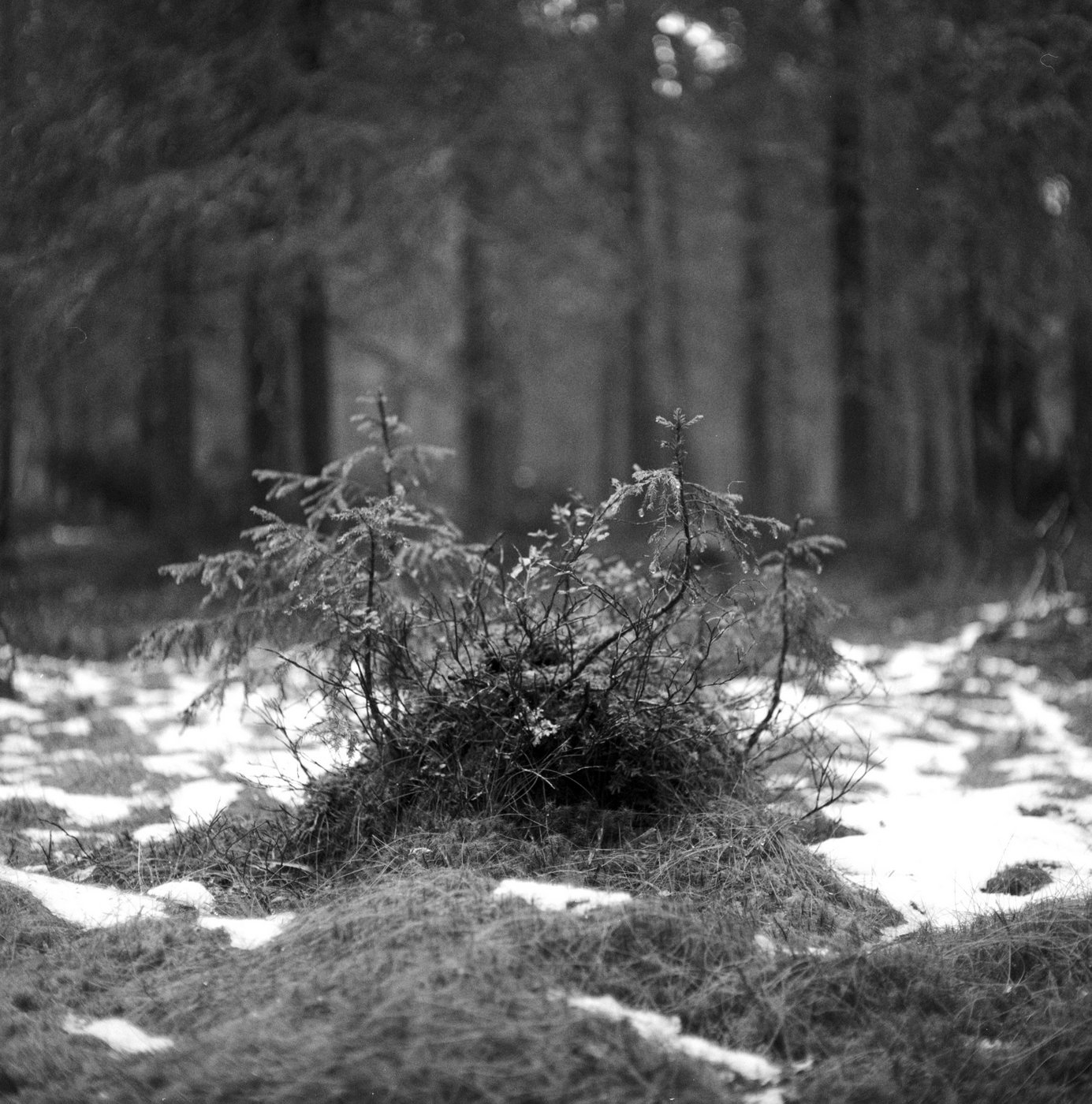
The topic of the Anthropocene has been weighing heavily on my mind in recent years, not only because of the what a human-induced geo-climactic shift on a global scale means in terms of our insidious and industrious impacts on the earth or the precarious nature of our existence, but for other, possibly more complex reasons as well. We know very well the planet could, at any moment, enter another geological epoch, as has happened in the past, with the fallout of a catastrophic event such as a major volcanic eruption or impact from a sizable meteor from space, which as scary as it seems, has never deterred or stopped us from moving ahead in the face imminent doom, (just think of the cultures that have developed and continue to live alongside some of the most geologically active regions of the globe in Indonesia, Japan or Central America for example). In fact, human beings have most certainly evolved in conjunction with challenges posed by periodic climactic shifts and as evidence shows, these shifts have been more dramatic as we approached becoming ‘modern’ homo sapiens. One could certainly feel optimistic in light of the fact that we have survived climate changes before (although not everyone) and are “better off” for it, yet this round is shaping up to be a survival challenge of an altogether different sort. Until recently, let’s say the past 1200 years, humans have lived somewhat within our means on this planet, with or along side all the natural elements that so defined their habitats and needs for sustenance. So when natural disasters struck, terrible as they were, survivors relinquished fate as the will of the gods (that which was beyond their control), and generally embodied values and beliefs that mirrored the complex intricate workings of the world around them. However much we could debate the nature of early human development in relation to environmental conditioning, one fact remains clear, we (homo sapiens) moved on, adapted and survived. This fact alone should put a sizable hole in any number of notions that humans (and human culture) evolved from a more “primitive” state to a more “developed” one with our “advances” in agriculture, architecture, economy, technology, religion, government etc through what we generally frame as “civilization”. For if it went any other way in the brutal and “uncivilized” world of pre-historic humans, we would most likely not be here. It should serve then, as the greatest and saddest irony, that we could very well meet our fate at the hands of a world that we decidedly created. I myself must admit, that survival is out of the question living independently from the modern technological infrastructure of the civilized world. However “free” I may be to pursuit the “liberties of life”, I am also fairly helpless in the face of even a partial breakdown of the systems I depend on. This blind dependence reveals a certain level of ignorance in understanding what life even is, even despite claims to be educated and to have a mild grasp myself. How can we claim to pursuit the “liberties of life” if we are so removed from the living world, distanced by the forces and great buffer of civilization that feeds insatiably on the natural elements it depends on? Given the widening gap between our perceived understanding of the world and the reality facing not only our existence but all that lies beyond the otherness of what we call “nature”, it is no surprise that questions, uncertainties, blame and fear are beginning to guide solutions for our possible future.
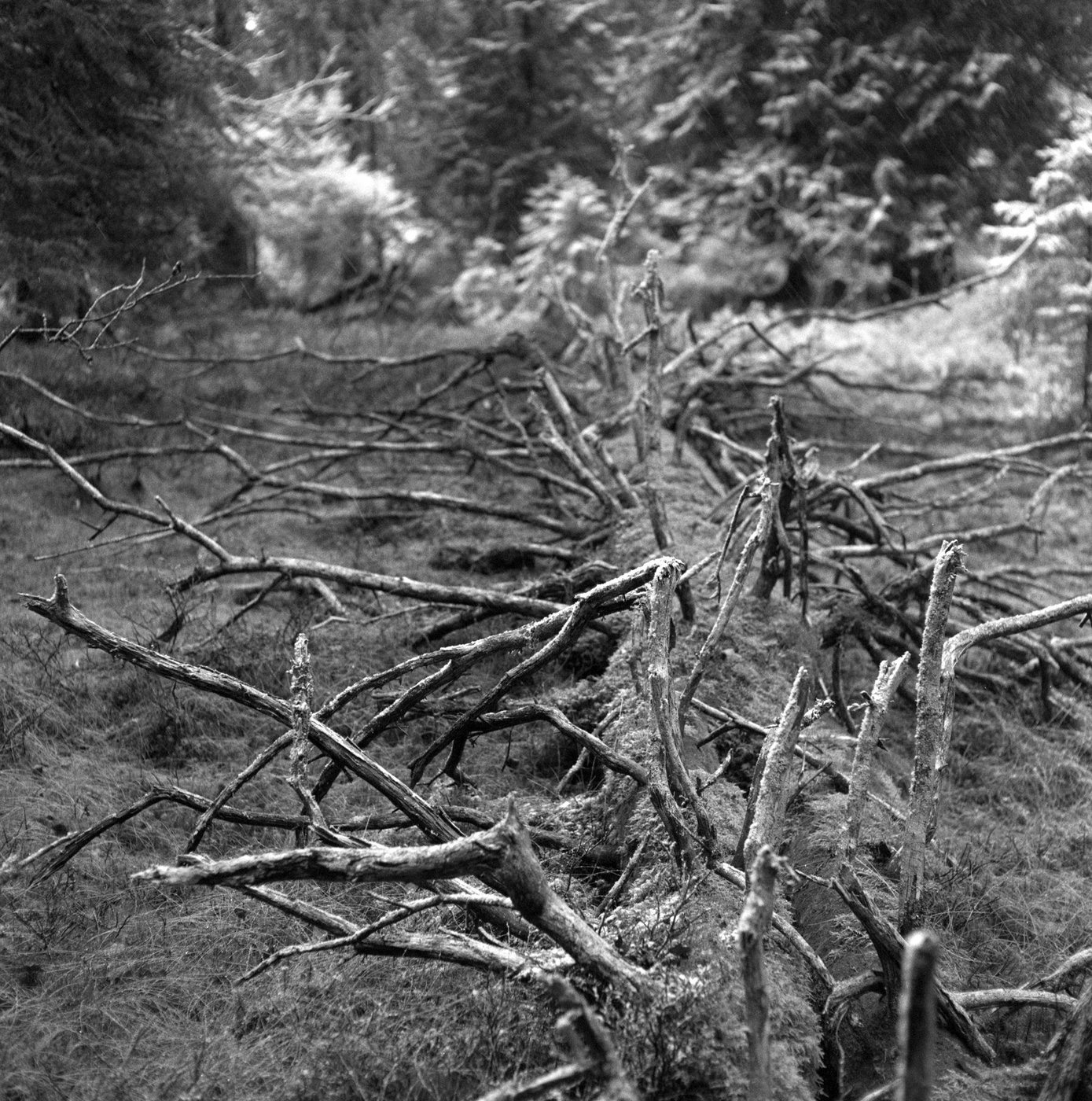
The more time I spent wandering the area around Mustarinda and the forest adjacent to the Paljakka strict nature reserve (and once hiking the loop trail in it), the more I had to question my understanding of ‘nature’ and what it means to be human. Those are challenging thoughts to confront, but as I witnessed undisturbed forest settings where 1000 year cycles tree growth and decay are not uncommon, I began to feel some form of resolution was within reach. That in some way, by communing with “the other”, I could begin to close gaps in the distances which alienate me from “nature” and release feelings of dependence, in the very least, on the many tentacles of civilization in which we are bound. I had to constantly remind myself, this wasn’t just any forest, there weren’t just any trees. That in fact, this was entirely unlike any forest I have known and indeed redefines for me what a forest actually is. Through daily walks and durational overnight recordings I experienced some of the deepest silences to date, so much so, that I could at least grasp the idea of a non-anthropocentric world driven by semantics of falling snow, wind, animal movements and communication, rather than the ubiquitous industrialized soundscapes of commercial media, internal combustion engines, radial tires and jet propulsion transport (not to mention what we are doing to our seas).
With the opening of such perceptual horizons, the tactile living world becomes more real and less of an imagined “nature” out there, allowing us to possibly see ourselves as less machine-like civilized creatures and more like living beings (or as philosopher David Abram has framed it, are humans really as special and unique as we think?). As much as we want to be sheltered and ‘safe’, there is something to be said about allowing interrelations with other earthly sentient life to entangle like branches and fluctuate like seasons, beckoning us as organisms to be more responsive and less defensive and calculating. What may emerge is an altogether different sensibility of organic connectivity, establishing an animistic intersubjectivity as a means of communicating with the other. This, at least, could be a point of departure from our current binds. The hard truth is that the sacred state of the Paljakka forest, however protected and preserved from human exploitation, is still entwined with human “progress”. As Dalia Nassar and Margaret Barbour write in their article “Rooted“:
The increasing atmospheric carbon-dioxide concentration over the past 100 years is recorded in the stable carbon isotope composition of tree rings, because the carbon dioxide produced during fossil-fuel burning has fewer of the naturally occurring, but rare, carbon atoms with 13 neutrons. This means that trees have an embodied record of both the industrial revolution, and our current stubborn dependency on fossil fuels.
AEON
This level of molecular entanglement should begin to illustrate just how much human activity is being recorded in our environments and at what levels, revealing the sheer amount of intricate planetary exchanges taking place. After all, we are well aware of the effects of ingesting plant varieties of all kinds as food from fruits and vegetables, to seeds and herbs (not to mention oxygen we breathe), so why wouldn’t there be reciprocal effects from human activity in trees and other plants that live for extended periods of time. This form of writing is a meta-history inscribed in cryptic bio-logic, a language which we are only beginning to rediscover and explore through scientific means. In light of this, I started reevaluate ‘being’ in the context of that forest, to ask myself, what signals am I receiving while walking across the moss covered floor and what messages can I read in the patterns of lichen on a fallen log or behaviors of insects and birds who live in the canopy? How would these signals and messages in turn, affect my behavior? Could I respond in any meaningful way? Physically? Mentally? Emotionally?

«Behind every path and every form of expression one does finally choose, lie the ghosts of all those that one did not.» – John Fowles “The Tree”
I will close here without any comprehensive assessments or definitive statements, but more with a general sense of resolution, to continue the ideas that have been fermenting within for some time and are finally starting to boil over into writings and new forms artistic expressions. In light of the uncertainty ahead it is becoming more clear that there is little time for inaction. For many of us the paths are there and waiting, we only need to follow them. The daily walks from Mustarinda ended up becoming more ritual than exercise. I’m thinking back to one metaphor that emerged on one of my outings… standing still, observing, the camera is rolling and I speak into the microphone:
Do we treat our forests like we treat ourselves? In managed forests trees are marked and measured, timed and then harvested when they are the proper age, (when they no longer have a future in their current state because they may become too “old” to be “useful”), they will be cut and fed into the human economic order with its absolutist imperatives and brutal struggles for entitlement. Yet here, trees are allowed to entangle, grow old, fall down, land on the earth, decay and feed the ground, the very earth which gave them nutrients to grow. There is no end of life cycle here, results or end products, only a wild unconstrained continuum…

In the depths of the forest I listen as I always do. When the blanket of silence is lifted, the living entities speak, even through the breath of the atmosphere. I am not alone and breathe as well containing my own stillness. Temperatures sway in offset cycles as mass climactic shifts bring either arctic fronts from the north or damp temperate air masses from the south or east. After a period of heavy snowfall a rapid melt ensues. The heavy snow that accumulates almost magnetically on the grand spruces of the Paljakka suddenly starts to drip, drop and avalanche to the ground. It is a mutual duet between the weighted branches and the snow itself. Another daily walk, yet this one with heightened awareness as the possibility of being drowned by wet snow from above is high. Indeed I am hit here and there. What is curious is that there are softer and more dense patches of orchestrated dripping, with the dense ones playing out as if emulating a tropical rainfall. Is it really warmer in this spot or does it only feel that way to my ears?
100 or so kilometers to the northeast of Mustarinda lies the newly created Hossa National Park. He we found ourselves hiking through the snowy landscape on another rather wet day when the temperatures rose a few degrees, enough to allow a light misty rain to fall. Not far from our destination picnic place, lies an open face rock wall that sits exposed for a few meters while the rest drops down into a lake. Visible face of the rock wall is easily accessible now by a long floating metal bridge that has been constructed for park visitors. We have come to see not the wall, but what is on the wall, namely 4000+ year old paintings, now permanent images enshrined on the surface by a natural layer of silicon dioxide. While the images are striking, they are enhanced by the sounds of moving water, a spring flow moving through a crack in the wall along with an array of droplets finding their way to the lake, hitting surfaces as they land. It is a symphonic play of sounds of a different sort, one that animates the lived history of this sacred location evidenced by the narrative marked in a now geological form on the colorful rock surface. What better way to experience this location than through the ephemerality of the weather mixed with the permanence of ancient human presence.
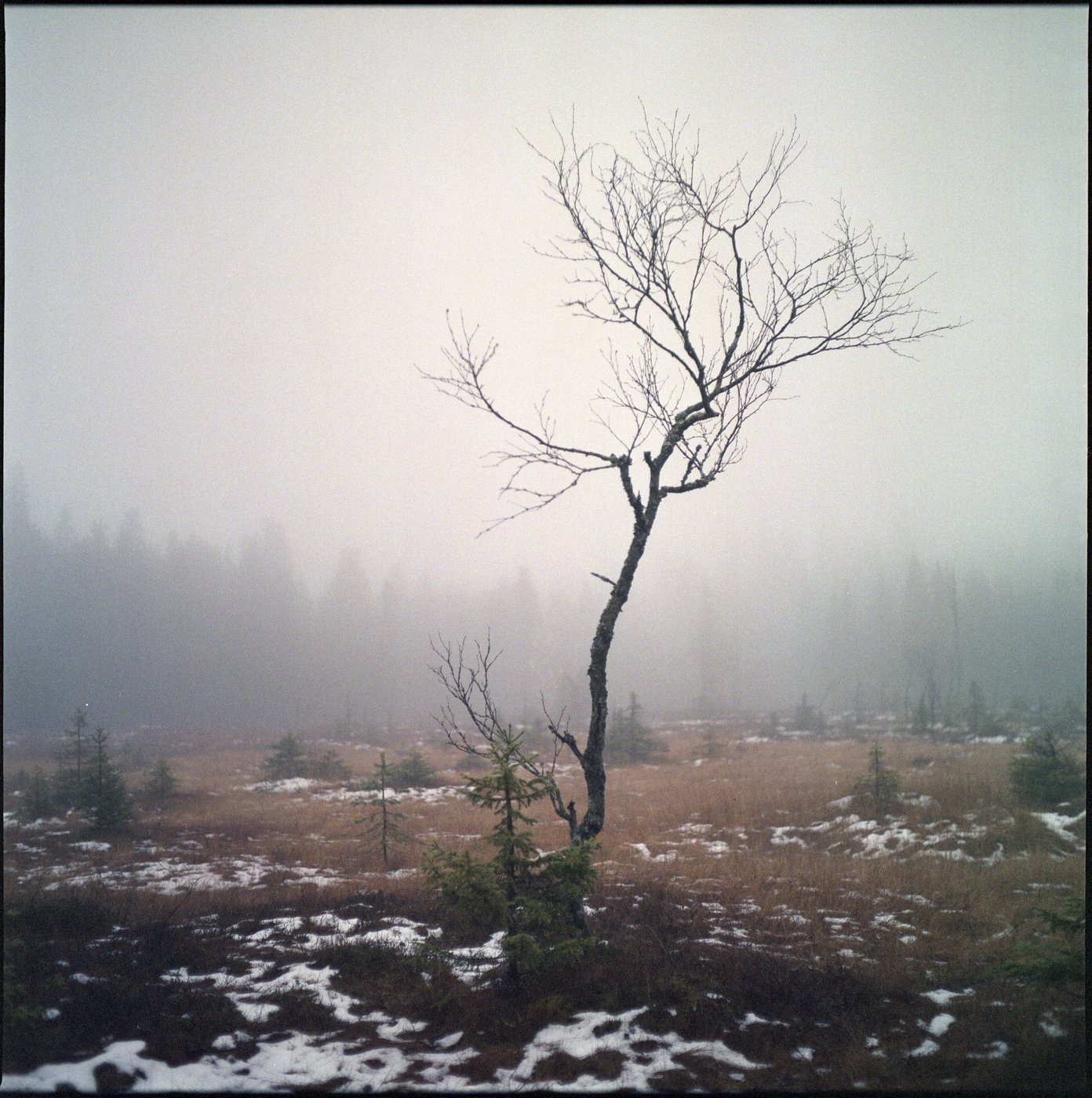
Special thanks to Mustarinda Association for travel and production support and making this residency possible.

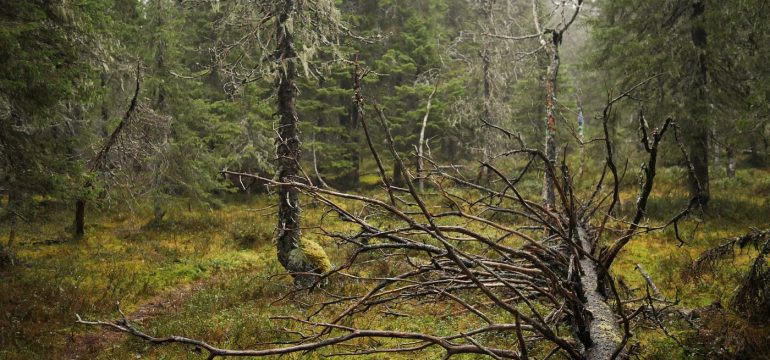
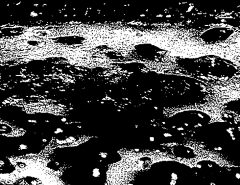
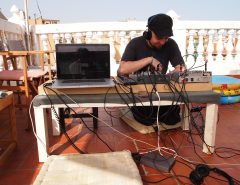

1 Comment